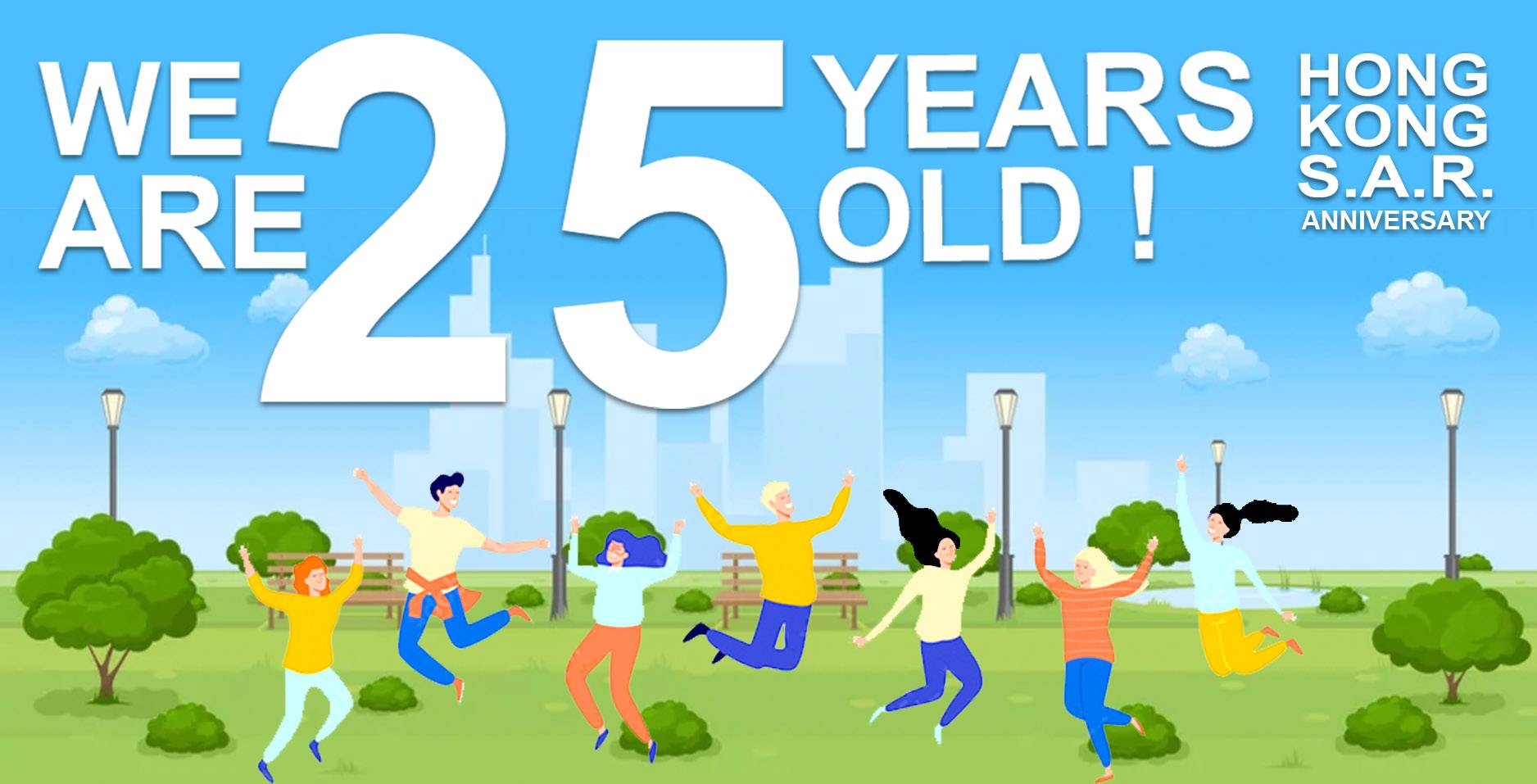(Baker Circle is a large development in Hung Hom with modern shopping precincts at ground level. Image: artist’s impression by KPF.)

LOOKS LIKE THE old Hong Kong is back to some extent. Three developments of swanky but tiny apartments were put up for sale at the weekend—and long queues of people pounced, battling with outstretched cheques to get their names on the best ones.
Business was brisk, with one development getting 18 bidders for every available flat. More than 200 properties were sold, all at prices that would make people in almost any other place gasp in astonishment.
To visualize it, imagine paying US$1 million for a home the size, in total, of a double garage – and that’s not an exaggeration. To be clear, this is not something unusual: this is the normal market price for a new apartment.
FLIPPING HOMES
This might seem insane to most people, but Hong Kong people’s ability to make money out of property is legendary. In the past, when the rules about “flipping” were looser, it was not unusual for a single apartment to be bought and sold five times before the construction workers had finished building it.
A lot of communities believe that they are property-focused (“an Englishman’s home is his castle”) but Hong Kong is on a different scale. The present writer put an apartment on the market at 4pm on a Saturday – and sold it before 6.30 pm the same day, with the deposit paid in cash.
Bankers, too, may be raising their eyebrows at the rush to buy flats – after all, hasn’t the Hong Kong interest cycle just begun to climb? Maybe so, but Hong Kongers have always trusted the local belief that you never make a loss on property investment – the only question is whether it is a short, medium or long term investment. If you can play the long game, you can’t lose, they believe. And that has been true – so far.

But here’s the strange thing. At the same time as local people queued to slam down their savings, yet another of those dime-a-dozen surveys appeared, identifying Hong Kong has being the most expensive place on earth (see picture below). So how on earth could local people believe that there was room for prices to move upwards?

ASCENDING AT SPEED
Let’s look first at what happened, and then consider the implications. Three developments were put on the market, all with characteristically odd names. There was J Loft in Sham Shui Po, built by a firm named Ascend Speed (the name itself implying fast rising values). There was Silicon Hill in Tai Po – California may have a valley, but we have an actual hill, the sellers appear to be saying.
But the largest and perhaps most spectacular was one with the curiously English name, Baker Circle. This is an unusually big project, of 2,800 apartments. In the busy former shipbuilding area of Whampoa on the Kowloon peninsula, this is a large development of nine towers.

The architects, KPF, say it is unlike the normal series of towers, as “the site is broken into a series of finely grained urban destinations, including small pavilions and varied public spaces”. With lots of shop-lined streets at ground level, and elevated terraces connecting the towers, the artist’s impression (see image at the top) do give it a feel of a town-within-a-city.
It will need to have a good environment. The flats themselves are swish but tiny, so residents may be spending a lot of time in the coffee shops downstairs. The apartments range from 202 square feet to 369 sq ft. (In square meters, the largest would be 34 m, like a Manhattan bedsit.) In fact, the vast majority of apartments in Hong Kong are tiny, so that’s nothing new.
On the downside, locals will be less happy to learn that two of the three developments put on sale were all from the “usual suspects”. Baker Circle is a Henderson Land project and Silicon Hill is from Sun Hung Kai. While some companies have better reputations than others, it can feel depressing that the same rich families seem to profit every time.
ESCAPING THE HIGH RENTS
In the meantime, what about all those articles which say that the city is being killed by outrageous living costs – articles we have seen for years?
There’s certainly truth in the fact that rentals are scarily high for newly arriving expatriates trying to enter the market.
Yet it’s not as gloom-ridden as the critics say, at least not for people who live here long term.
About half of all Hong Kong people live in apartments they or their family members own. A further 30 per cent live in public housing that you have to wait for, but is cheap or free when you finally get it. The remaining 20 per cent qualify for “sandwich class” special deals, which local people often take advantage of – but westerners tend not to, unless they are married to locals.
So very few people actually pay the advertised rents – although the foreign correspondents who write about the unaffordability of property here may have to.
